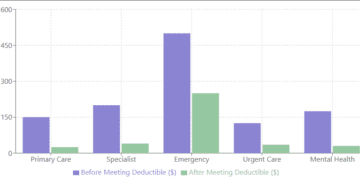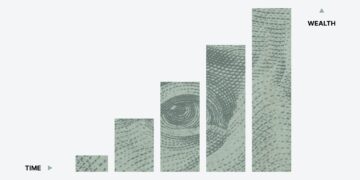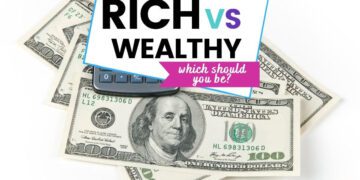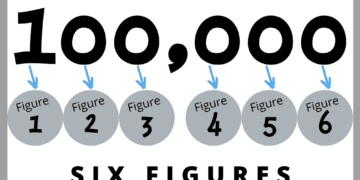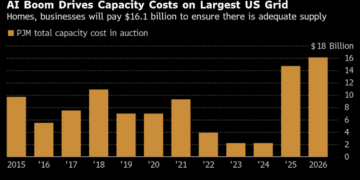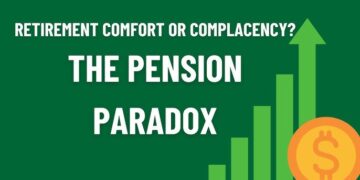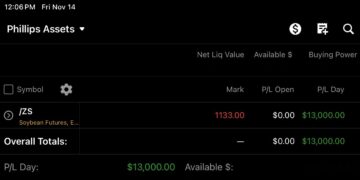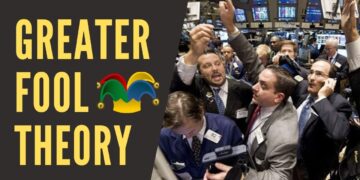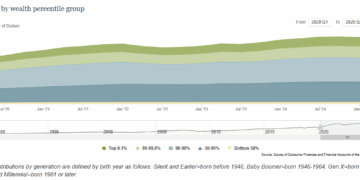As April ushers in spring, the financial world is also in bloom with key events to watch. This month presents tax filing deadlines, potential economic data shifts, and strategic contribution windows. Whether you’re a seasoned investor or just starting your financial journey, buckle up and let’s navigate April’s opportunities together!
April 1
- Economic Data
- The Institute for Supply Management (ISM) Manufacturing Purchasing Managers’ Index (PMI): It’s a leading indicator of economic health – businesses react quickly to market conditions, and their purchasing managers hold perhaps the most current and relevant insight into the company’s view of the economy.
April 2
April 3
- Economic Data
- Automatic Data Processing, Inc. (ADP) Non-Farm Employment Change: Job creation is an important leading indicator of consumer spending, which accounts for a majority of overall economic activity.
- The Institute for Supply Management (ISM) Services Purchasing Managers’ Index (PMI): It’s a leading indicator of economic health – businesses react quickly to market conditions, and their purchasing managers hold perhaps the most current and relevant insight into the company’s view of the economy.
- Federal Reserve (Fed) Chair Powell Speaks: As head of the central bank, which controls short term interest rates, he has more influence over the nation’s currency value than any other person. Traders scrutinize his public engagements as they are often used to drop subtle clues regarding future monetary policy.
April 4
- Economic Data
- Unemployment Claims: Although it’s generally viewed as a lagging indicator, the number of unemployed people is an important signal of overall economic health because consumer spending is highly correlated with labor-market conditions. Unemployment is also a major consideration for those steering the country’s monetary policy.
April 5
- Employment Situation Report (March)
- Economic Data
- Average Hourly Earnings: It’s a leading indicator of consumer inflation – when businesses pay more for labor the higher costs are usually passed on to the consumer.
- Non-Farm Employment Change: Job creation is an important leading indicator of consumer spending, which accounts for a majority of overall economic activity.
- Unemployment Rate: Although it’s generally viewed as a lagging indicator, the number of unemployed people is an important signal of overall economic health because consumer spending is highly correlated with labor-market conditions. Unemployment is also a major consideration for those steering the country’s monetary policy.
April 10
- Employees Who Work for Tips Reporting Due Date ($20 or more in March 2024)
- Economic Data
- Consumer Price Index Data (CPI): Consumer prices account for a majority of overall inflation. Inflation is important to currency valuation because rising prices lead the central bank to raise interest rates out of respect for their inflation containment mandate.
- Federal Open Market Committee (FOMC) Meeting Minutes: It’s a detailed record of the FOMC’s most recent meeting, providing in-depth insights into the economic and financial conditions that influenced their vote on where to set interest rates.
April 11
- Economic Data
- Producer Price Index Data (PPI): It’s a leading indicator of consumer inflation – when producers charge more for goods and services the higher costs are usually passed on to the consumer.
- Unemployment Claims: Although it’s generally viewed as a lagging indicator, the number of unemployed people is an important signal of overall economic health because consumer spending is highly correlated with labor-market conditions. Unemployment is also a major consideration for those steering the country’s monetary policy.
- 30 Year Bond Auction: Yields are set by bond market investors, and therefore they can be used to decipher investors’ outlook on future interest rates. The bid-to-cover ratio represents bond market liquidity and demand, which can be used to gauge investor confidence.
April 12
- Economic Data
- Preliminary University of Michigan Consumer Sentiment: Financial confidence is a leading indicator of consumer spending, which accounts for a majority of overall economic activity.
April 15
- Tax Day
- Individual Tax Returns Due for Tax Year 2023: You must file your individual tax return using Form 1040 or 1040-SR and pay any tax due unless you file for an extension.
- Individual Tax Return Extension Form Due for Tax Year 2023: You may use Form 4868 to file for an automatic six-month extension of time to file your tax return. However, you must still pay whatever taxes you estimate you owe in order to avoid interest and penalties.
- First Quarter 2023 Estimated Tax Payment Due: If you are self-employed or otherwise do not have income tax withheld (or you won’t pay enough income tax through withholding), you must pay the first installment of your estimated tax for 2023.
- Last Day to Make a 2023 IRA Contribution: Contributions to an IRA must be made by this date unless you have an SEP IRA and a six-month extension is applied, pushing the deadline to Oct. 15, 2024.
- Last Day to Make a 2023 HSA Contribution: The 2023 HSA contribution limits are $3,850 (self) and $7,750 (family). Those 55 and older can also contribute a $1,000 catch-up contribution.
- Economic Data
- Retail Sales Data: It’s the primary gauge of consumer spending, which accounts for the majority of overall economic activity.
- Empire State Manufacturing Index: It’s a leading indicator of economic health – businesses react quickly to market conditions, and changes in their sentiment can be an early signal of future economic activity such as spending, hiring, and investment.
April 17
April 18
- Economic Data
- Unemployment Claims: Although it’s generally viewed as a lagging indicator, the number of unemployed people is an important signal of overall economic health because consumer spending is highly correlated with labor-market conditions. Unemployment is also a major consideration for those steering the country’s monetary policy.
April 19
- Economic Data
- Treasury Currency Report: It provides a detailed review of global exchange rate policies, economic conditions, and central bank and government actions around the world. Most importantly, the report outlines countries that the Treasury deems currency manipulators.
April 23
- Economic Data
- Flash Manufacturing Purchasing Managers’ Index (PMI): It’s a leading indicator of economic health – businesses react quickly to market conditions, and their purchasing managers hold perhaps the most current and relevant insight into the company’s view of the economy.
- Flash Services Purchasing Managers’ Index (PMI): It’s a leading indicator of economic health – businesses react quickly to market conditions, and their purchasing managers hold perhaps the most current and relevant insight into the company’s view of the economy.
April 25
- Economic Data
- Advance Gross Domestic Product (GDP): It’s the broadest measure of economic activity and the primary gauge of the economy’s health.
- Unemployment Claims: Although it’s generally viewed as a lagging indicator, the number of unemployed people is an important signal of overall economic health because consumer spending is highly correlated with labor-market conditions. Unemployment is also a major consideration for those steering the country’s monetary policy.
- Pending Home Sales: It’s a leading indicator of economic health because the sale of a home triggers a wide-reaching ripple effect. For example, renovations are done by the new owners, a mortgage is sold by the financing bank, and brokers are paid to execute the transaction.
April 26
- Economic Data
- Personal Consumption Expenditures Data (PCE): It’s the Federal Reserve’s primary inflation measure. Inflation is important to currency valuation because rising prices lead the central bank to raise interest rates out of respect for their inflation containment mandate.
- Revised University of Michigan Consumer Sentiment: Financial confidence is a leading indicator of consumer spending, which accounts for a majority of overall economic activity.
April 30
- Economic Data
- Employment Cost Index: It’s a leading indicator of consumer inflation – when businesses pay more for labor the higher costs are usually passed on to the consumer.
- The Conference Board (CB) Consumer Confidence: Financial confidence is a leading indicator of consumer spending, which accounts for a majority of overall economic activity.






